For homeowners that still use stoves, fireplaces, and fire pits, chances are you have plenty of gray, powdery matter laying around waiting to be thrown away and blown by the wind. That fine powdery substance is called wood ash and is what’s left behind when all the firewood is consumed by the fire.
While nothing good seems to be made from out of it, did you know that wood ash is actually a good supplement for your garden? In this article, we will give you a brief background on wood ash, why it’s good for your fruits and vegetables, and how to properly implement it in your garden.
Wood Ash or Potash: A Briefer
While others still want to call it Wood Ash for the sake of simplicity (it’s ash left behind by firewood after all), others just go with the trend and call it “Potash”. Believe it or not, it literally means “Pot and Ash” which originated from the Dutch term “Potaschen” – a term referring to the old process of making potassium-rich materials by soaking wood ash in iron pots. This will dissolve the potassium salts and evaporate them.

Adding wood ashes is a practice that could be said to be as old as time. It was first documented centuries ago by the Romans but it might even be traced even further back in time. By the 19th century, Potash met its widespread use in the manufacturing of glass, ceramics, soap, and fertilizers.
For the sake of uniformity, however, we’ll just use the term potash throughout the whole article.
What Makes it Good?
Potash is a wonderful addition to your garden thanks to the mineral where it got its name: Potassium. It is a macro nutrient that’s involved in many of the plant’s processes that range from photosynthesis and even the right uptake of nutrients, other minerals, and water.
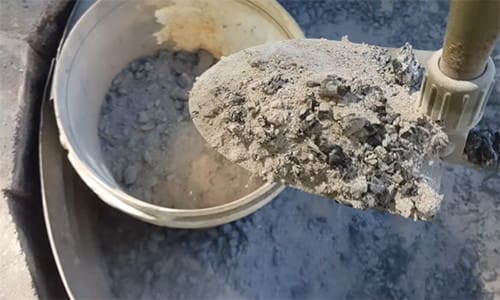
What happens is that the potash makes the soil sweeter or less acidic. This is measured by using the pH scale. On a scale from 1-14, 7 is neutral, below 7 is acidic, and above it is alkaline. By using potash in your soil, you can raise the pH level of your soil to make it more ideal for plants that love to thrive and grow on alkaline soil.
Wood ash also prevents clubroot disease and even helps in protecting plants from slugs and snail attacks.
Related: 30 Survival Uses For Wood Ashes You Never Thought Of
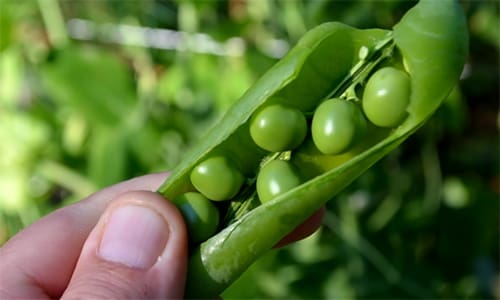
Benefits of Using Ash in the Garden
If you still doubt the good effects of wood ash in your garden, just take observe any patch of grasslands or forestlands that has been recently ravaged by a fire. It essentially leaves nothing but ashes behind. But shortly after that, the flora will soon propagate again in even better condition before being destroyed by the fire.
Here are some of the benefits of using ash in your garden:
- Strengthens Cell Walls – Potash helps strengthen the cell walls of a plant and makes it more resilient against diseases and fungal attacks.
- Improves Taste – Potash also optimizes the overall nutrient pickup of a plant thereby greatly improving its taste. This is because Potassium helps regulate the flow of water and sugars inside the plant which in turn helps it develop better-tasting fruits.
- Improves Water Retention in Soil – The mineral is also highly beneficial by improving the soil’s ability to hold water for far longer. This means that you don’t have to water as much and the plant can freely get access to moisture whenever they need it without drying the soil out too quickly.
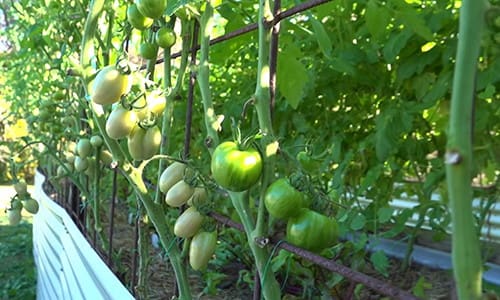
- Better Flowering – When your soil and plant are rich in potassium, you can also expect a richer harvest as the mineral will help your crops proliferate more flowers, which then turn to fruits. Simply put, you can expect better productivity and an even bigger harvest.
- Improves Vitality – You can also expect to be eating more of your crops as potash helps your plant bear better and healthier-looking fruits. They are more colorful and vibrant thanks to all the contributions that potassium makes.
- Makes the Soil Moil Alkaline – Finally, to reiterate the previous section, adding alkaline makes the soil “sweeter” or less acidic. Ergo, plants that like sweeter soil like brassicas, lettuce, beans, broccoli, cabbage, peas, and spinach–among others–thrive better which results in better and more bountiful produce.
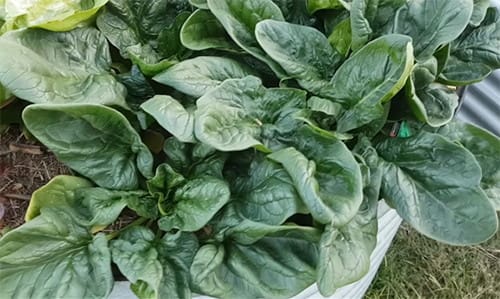
How to Apply Potash in your Garden
The first thing you need to do is get a bucket or other similar container and gather all the ash that remains in your fireplace. Generally, you can choose to retain all the bits of charcoal that didn’t turn to ashes as those add extra structure to the soil, give extra water holding capabilities, and contribute more nutrients and minerals.
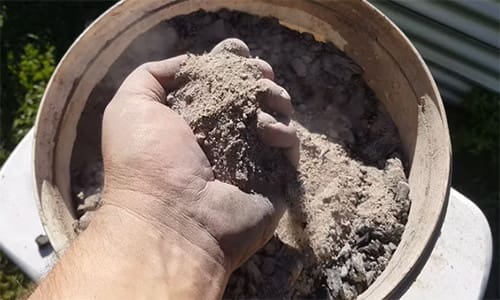
If you are getting ashes from an outdoor pit, you may want to get those as soon as possible to avoid getting them wet from the rain. Once the ashes make contact with water, the potassium content of the ashes will leech out and will be lost in the immediate area around your fire pit.
To apply, spread a thin layer of the ash around your garden bed. Don’t worry about getting some of them on the leaves as you can just wash it off later when you water your plants.
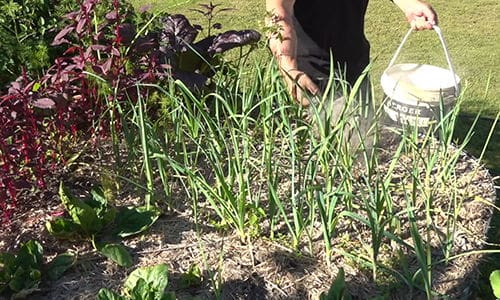
Keep in mind that the ashes will get a long way and you might be left with more ash than you want. You can either save it for spring or add it to your compost pile. If you choose the latter, you can definitely expect a sweeter compost other than the acidic one which naturally occurs.
When to Use Ash in the Garden
As potash is an alkali, you should only use it to complement plants that love sweeter soil. If you’re keen on planting broccoli, cabbage, brassica, cauliflower, and all of the veggies that we have mentioned previously. Fruit-bearing plants and trees like apples, strawberries, plums, pears, raspberries, and cherries also love a little sprinkle of wood ash.
On the contrary, you do not want to use ashes on plants that like “savory” or acidic soil. These plants include blueberries, potatoes, and sweet potatoes.
Best Firewood to Make Potash
Wood ash contains plenty of calcium, magnesium, potassium, and other important nutrients. However, this varies widely depending on the trees that they came from. Hardwoods like oak, maple, ash, sycamore, apple, cherry, and hickory will give more ash and contain more nutrients.
On the other hand, softwoods like fir and pine don’t compare to the volume of ash they produce and the nutrients it comes with.
Whatever you do, never use ashes from painted wood, cardboard, and pressure-treated wood as they carry harmful chemicals that will not benefit the plant at all.
About The Topic
Mark Valencia retired from the Australian Army in 2008 after 21 years of service, and now he writes articles on his blog.
This topic first appeared on Mark’s YouTube Channel, where he is now enjoying the opportunity to communicate this passion. It’s also about lifestyle and self-fulfillment by looking after our health (physical/mental) through exercise and “slowing life down a little.”
You may also like:
 Avoid These 6 Signs On Your Property
Avoid These 6 Signs On Your Property
How To Make The Invisible Root Cellar (Video)
13 Plants That Thrive In Shade
How To Get Rid Of Termites On Your Property
If You See These Eggs In Your Backyard, Burn Them Immediately
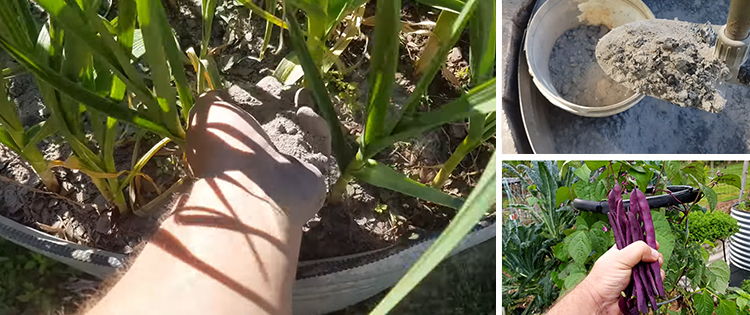








You didn’t mention walnut??
You really need to make sure of the difference between charred wood and charcoal brickets